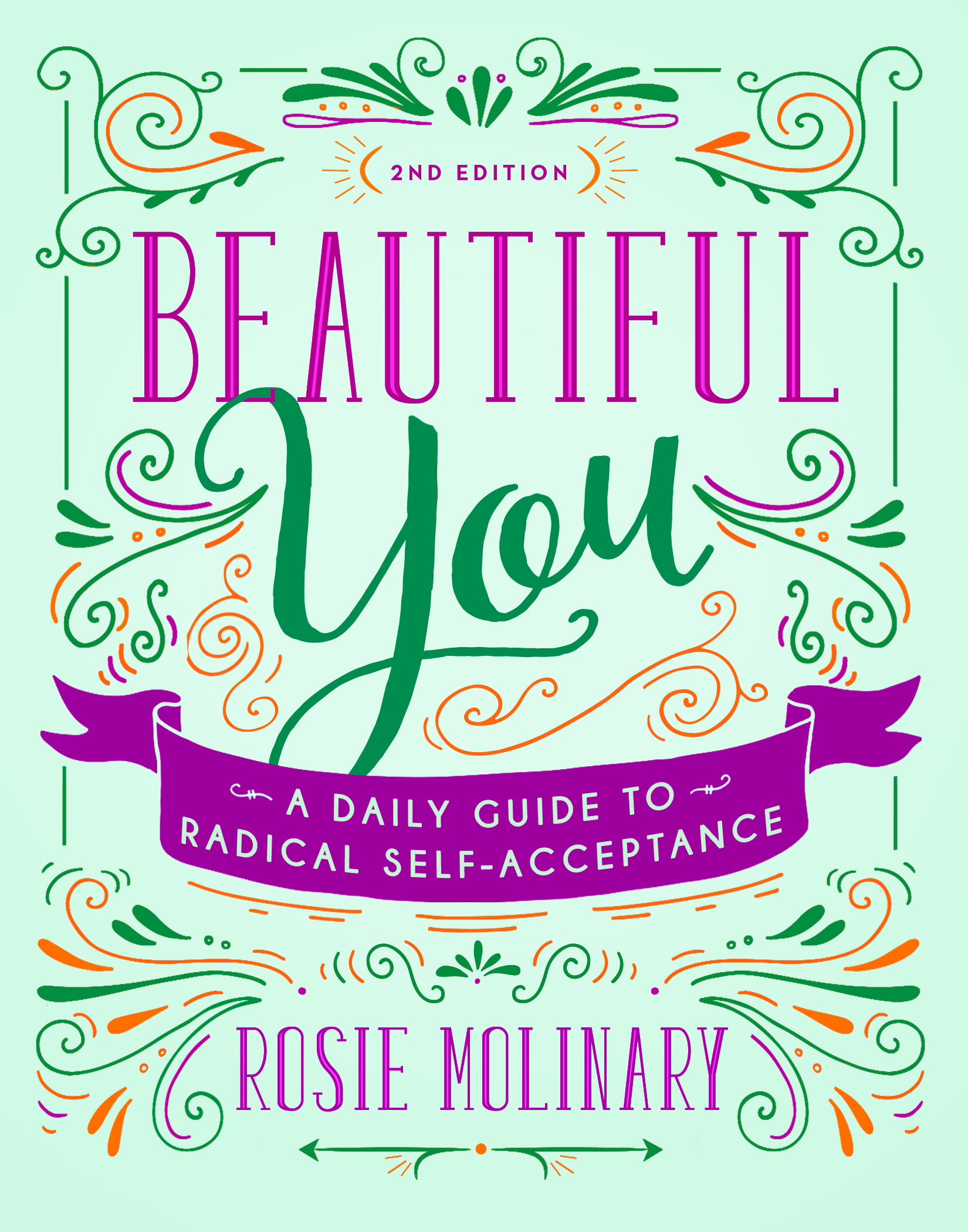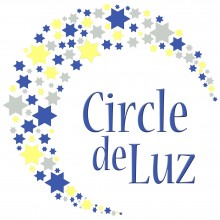Kate Giguere Morris was a student at Davidson College when I worked there, and I had the wonderful fortune of being able to work with her. She’s passionate and funny, whip-smart and compassionate, and she is an amazingly honest storyteller. Kate now lives in Iowa where she serves as a Hospice Chaplain. She also blogs at Thighs and Offerings. Run, don’t walk to her blog for poignant renderings on life (and death), personal growth, and eating disorder recovery among other thoughtful explorations. I am honored to have Kate here as a guest blogger today. Enjoy.
 “Funhouse Mirror Effect” by dcwriterdawn
“Funhouse Mirror Effect” by dcwriterdawn
Yesterday afternoon at, oh, 4:55 or so (read: practically the weekend/mentally I’m at happy hour), I got a call from a coworker. I prepared myself for the questions or concerns regarding patient care that she might pose on this sunny Friday evening, but her question was neither academically nor professionally challenging.
“Did you take a big dookie and clog the office toilet?” she asked. And because this is not the first time that she has said something along these lines (read: shocking, ill-timed, and, were I of a more sensitive composition, offensive), I just laughed. “No, huh-uh, it wasn’t me.” “Well, who could it have been?” she asked, troubled. “I’ve already called [the social worker], [the nurse], and [the aide], and they all denied it, too.” “Bummer,” I said. “Sorry I’m not more help. But thanks for thinking of me.” She laughed, adding, “Well you never know. Sometimes the smallest people make the biggest messes!”
And so it was that my workweek, often so meaningful and profound, ended…with a conversation – nay, interrogation – about poop.
What surprised me most about the phone call, though, was not my coworker’s brazen, investigative approach into the interdisciplinary team’s gastrointestinal health. (As my family can attest, I’m oddly comfortable discussing bowel habits.) Rather, I was taken aback that she suggested that I might be, well, small. And not just a small, but among “the smallest.”
I recently read an old article in the New York Times called, “When Your Looks Take Over Your Life,” by Jane Brody. She writes:
Many of us are embarrassed by or dissatisfied with some body part or other. I recall that from about age 11 through my early teens I sat in class with my hand over what I thought was an ugly bump on my nose. And I know a young woman of normal weight who refuses to sit down in a subway car because she thinks it makes her thighs look huge.
But what if such self-consciousness about a perceived facial or body defect becomes all consuming, an obsession or paranoia that keeps the person from focusing on school or work, pursuing normal social activities, even leaving the house to shop or see a doctor? What if it leads to attempted suicide?
“Such are the challenges,” Brody continues, “facing tens of thousands of Americans who suffer from body dysmorphic disorder, or B.D.D., a syndrome known for more than a century but recognized only recently by the official psychiatric diagnostic manual.” According to Dr. Katharine Phillips, a professor of psychiatry at Brown University, individuals suffering from B.D.D. have a poor quality of life, are socially isolated, severely depressed, and at a high risk of committing suicide. Terrifyingly high, in fact, as B.D.D. is responsible for a completed suicide rate of more than double that of major depression, and a suicidal ideation rate of almost 80%.
To be clear, I’m not there. But do I sometimes look in mirror and groan? Yes. Is there a body part that I find consistently troubling and that I, more often than not, try to camouflage? Yes. Is this all too common, the fodder for many a office conversation, and one of the only reasons I’m happy to no longer live with women? Yes, yes, and yes.
I want to blame my own frustrations on society’s preoccupation with looks. I want to say that if it wasn’t so flipping desirable to have washboard abs within three weeks of having a baby and within three minutes of eating dinner, we wouldn’t give a damn. But according to Dr. Phillips, when it comes to B.D.D., there’s more to it than that. “Many trace their problem to a childhood emotional trauma, like being teased about their looks, parental neglect, distress over parents’ divorce, or emotional, sexual or physical abuse,” she says. “But most people survive such traumas without developing B.D.D., especially if other factors in their lives lift their self-esteem.” “Rather,” she explains, “the disorder seems to have a combination of genetic, emotional, and neurobiological underpinnings.
“It’s likely that the genes a person is born with provide an essential foundation for B.D.D. to develop,” Dr. Phillips wrote. In about 20 percent of cases she studied, a parent, a sibling or a child also had the disorder. And imaging studies done by Dr. Phillips and others suggest that some brain circuits may be overactive in people with the disorder.
As for me, even if it’s not B.D.D. that defines my own unwillingness to see myself as I might be seen by others, it remains troubling. Am I, in fact, small? (For you kind readers prone to affirmation, that is a rhetorical question.) And can the adjective even be used alone, without comparison to another bigger or smaller than myself? Perhaps therein lies my issue. Perhaps, while I compare myself to others smaller than me or with stomachs or thighs more toned than my own, my coworker compares me a broader cross section. And ever important for me to remember, perhaps she does so with her own insecurities at the helm.
Geneen Roth tells a story about her friend Sue, who, she says, is naturally thin. “She weighs the same now as she did in high school, when she was captain of the cheerleading squad. I hate that. She eats sandwiches with two pieces of bread, adds a couple dozen fried onion rings, and downs it all with Coke Classic.” Grr. Hiss. “But before you decide you would not wish good things on Sue,” says Geneen, “let me add: She is a great example of the dilemma we face when we rely on a piece of metal — the scale — to determine our self-worth.”
Sue works in a doctor’s office, where she occasionally weighs herself. One day she was five pounds lighter than at her previous check-in. She was thrilled. On her lunch break, she admired herself in store windows, then bought a new outfit. She ate extra onion rings and treated herself to a huge slice of chocolate cake. The next day, her boss mentioned that the scale was eight pounds off – in the wrong direction.
Sue was stunned. Far from having lost five pounds since her last weigh-in, she’d actually gained three. And that was before her lunchtime food fest. All at once Sue felt as if her clothes were too tight and she had a muffin-top the size of California spilling over her belt. “I need to go on a diet,” she wailed to me on the phone that day. “I can’t believe how fat I am.”
“Sound familiar?” asks Geneen.
You’re sailing along in life, feeling pretty good about everything, even your body. No, it isn’t perfect, but it is yours and it is doing what it’s supposed to do – mowing the lawn, ironing the clothes, playing baseball with the kids. Then you get on the scale. You weigh more than you thought you did, and within a nanosecond, the scary voice in your mind begins to rant: “You’re fat, you’re a failure, you don’t deserve to feel good about anything!” Suddenly everything that was right before you stepped on the scale is wrong.
We get on the scale looking for something, waiting with bated breath for the scrolling number or jostling dial to come to a standstill, at which point we will know not only how much we weight at this one moment in history, but also how much we are worth, how much we deserve love and acceptance, and ultimately, whether or not we deserve a place on this planet. We give away so much of our power to the dadgum scale, and I think we do the same with the mirror.
“You already know how big or little you are, how fat or thin you are,” says Geneen. “You already know if you’ve gained or lost weight this week. You know because you ate or didn’t eat the food; you exercised or didn’t exercise your body. You know because your clothes are either getting tighter or they’re getting looser. Or they fit exactly the same as they did last week. Yesterday. Three hours ago. ” But still, we go to the scale. We go to the mirror. And we look. We wait.
This is why Geneen has – and why I have also – come to the conclusion that “scales are for fish, not people.” People don’t need a mighty piece of metal or reflective glass to determine their weight or their worth, because people have the unique ability to turn inward, to get answers by reading our own personal radar, by trusting our own thoughts and feelings. We have it. We just have to heed it.
+++



I love this post! “Scales are for fish, not people” is my new mantra. While I am always working to be healthier I often find myself using my weight as self judgment. Thanks for the reminder that the number is a measure of my weight not my worth.
Awesome post! I met Kate at a Geneen Roth retreat and ever since have subscribed to her blog, which I enjoy tremendously! I am proud to say that I haven’t weighed myself in over two years…it’s been a liberating experience on many levels.
Thanks for commenting, Heather. I continue to need the reminder, as well! And Karen, good for you! What an example you are!